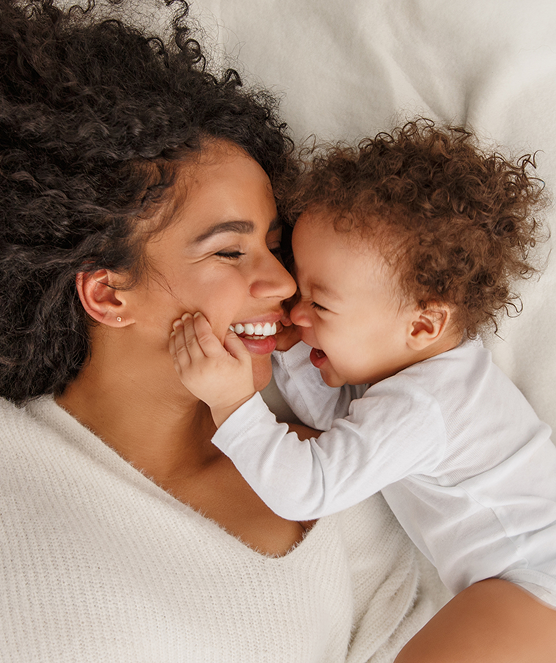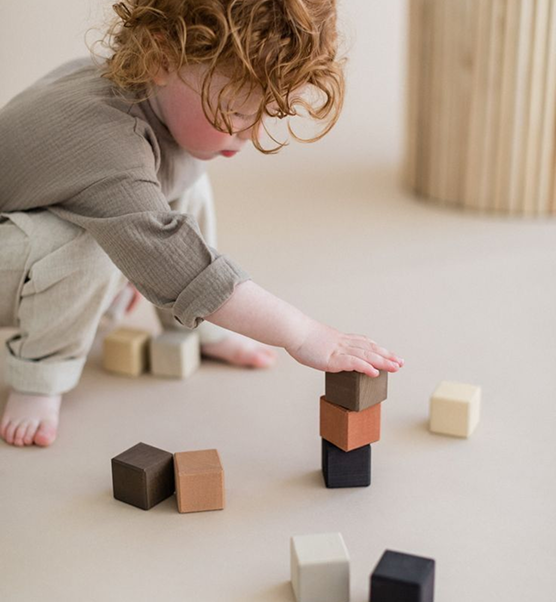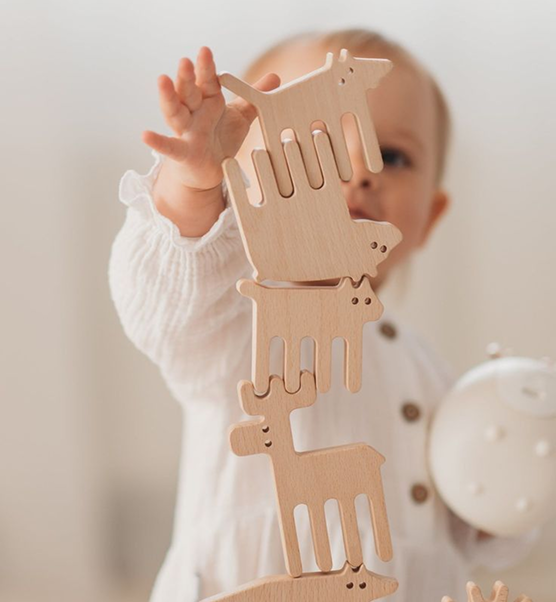Holidays. Always stressful. Not better with COVID. But better this year than last, and let’s get into that.
First: I want to talk about Halloween. I wrote about Halloween 2020 more than a year ago, in the Washington Post. I said trick-or-treating was fine. It was! It’s still fine (more fine!) now. We know even more about the very limited risks of transmission outside. People are vaccinated. Halloween is a holiday with masks and outdoor fun. Kids love it; they deserve it. Please do not worry about Halloween. (Except be careful about cars when it’s dark.) Eat lots of candy. Or, if you’re my kids, lots on Halloween and one piece per day for the week after. After which the candy is “thrown away” in a place only I know about.
Thanksgiving, and the winter holidays, feel more complicated. They involve more mixing across family groups, more travel, more indoor activities. Last year, when I wrote about this, I wrote about layers of safety precautions (the “Safety Turducken”) and, ultimately, about how the choice came down to being anxious or sad. Our family chose sad last year.
This year is different.
The most important difference is vaccines. The safety layers we put in place last year are still options, but on top of them we have the strongest layer of all. It’s the many layers of aluminum foil around the Turducken. Vaccines are not perfect, but they are really, really good. A greater than 90% reduction in risk of serious illness and death completely changes the game.
A second difference is the availability of at-home rapid tests. These should be more widely available than they are (maybe they will be in a few weeks), but they are far more widely available than last year, when they were not an option at all.
With these changes, I’m going to argue that Thanksgiving should be pretty normal this year. Not that we do not want to think about COVID precautions — more below — but that it should be possible to make it work. And make it work like it did before: travel, indoor unmasked gatherings, seeing extended family, political arguments, football, excessive turkey consumption and all.
What, precisely, should we think about doing?
Our goals
When we think about COVID and the holidays, I would suggest we have three goals:
- Lower as much as possible the risk of anyone in our group getting seriously ill.
- Avoid as much as possible infections that would lead to quarantine or other disruptions.
- Avoid as much as possible being a conduit of spread to people outside our family.
Notice that in all three cases, I’ve said “as much as possible.” It’s important to be clear that almost no matter what we do, there is always going to be some chance that there is a COVID exposure or illness. We can work hard to limit it, but we cannot eliminate it. See my longer discussion of this here.
The third of these goals is important almost no matter what your gathering logistics are. We all have a responsibility to try to protect public health, to avoid overwhelming hospitals or contributing to disruptions in work, school, and other gatherings. How relevant the first two are depends a bit on your situation.
A gathering of fully vaccinated younger adults and young children has only a very limited risk of serious illness. This is true even if you’re pregnant; yes, you are at slightly higher risk and it’s therefore more important to be vaccinated, but the risks to a healthy, vaccinated pregnant person are still very small. If you add in someone much older, or immunocompromised, or an unvaccinated adult, the serious illness risks are higher.
(A word on infection-acquired immunity, or “natural immunity.” People who have had COVID have protection that is broadly comparable to vaccination. It may be slightly worse, and there is evidence that getting vaccinated even after having had COVID provides additional protection. However, it would be a mistake to dismiss this form of immunity in the calculations.)
The issue of disruptions will matter more if you have unvaccinated kids who are in school or child care than if you have only adults or vaccinated children.
In the end, the tools are effectively the same regardless of why we use them, but it can be useful to remember what the purpose is.
The tools
As noted above: the most crucial tool, the biggest difference between last year and this one, is vaccination. This is because vaccination dramatically lowers the risk of serious illness and death from COVID-19, probably by 90% or more. It also lowers the risk of transmission and the risk of any infection, though not by as much as the risk of serious illness (here is more on vaccine efficacy).
Young children are not yet eligible for vaccination, and although I think the aim is early November, they aren’t likely to be fully vaccinated by Thanksgiving. However, as David Leonhardt has recently noted, it’s increasingly clear that unvaccinated children are actually at lower risk of serious illness than vaccinated adults.
Vaccines are our most powerful tool, and there is still time to encourage vaccination among any unvaccinated adults in your gathering. It will not necessarily work but is worth a shot (haha), as it is really our best way to avoid serious illness.
But I want to turn now to the layers of protection that can hopefully keep COVID out of the party altogether, and avoid bringing it to the outside world. At this point, these are very simple: Stay home if you’re sick, test before, and test after. With this, we should be able to have a normal, indoor, unmasked holiday. Especially if people are eating and drinking, or staying in a house together, masks are not likely to be realistic or that useful. Better is to keep COVID from getting in at all, and from getting out.
Stay home if sick
I realize this seems … obvious? But I would venture that people often come to holiday gatherings slightly ill. A little cold, a mild fever — you don’t want to miss Thanksgiving. But the fact is that our tolerance for illness is lower than it was. If you’re sick, it could be COVID. But even if it is not, being sick is more complicated than it was two years ago. Kids with a cold need tests and attestations to return to school. Hospitals and doctors are overwhelmed with non-COVID respiratory issues. We do not need RSV or norovirus or the flu on top of COVID. So, step 1: If you do not feel well, stay home.
Test before
If you can get them — more below, and hopefully this will be a lot better in three weeks than it is now — it makes sense to do a rapid COVID test on everyone who is showing up at your gathering. Have people do them before they leave for the party. Or, honestly, consider doing them at the door. Rapid tests are extremely good at identifying contagious individuals. If you tested everyone before they came, you’d pull out 90% or more of contagious people. This means it is much, much less likely that someone gets COVID.
If rapid tests suddenly become very inexpensive and ubiquitous, it may also make sense to test more frequently while you’re together (if it is a multi-day visit).
Test after
The third Thanksgiving goal is to not spread COVID outside. Don’t let it in, and, if it gets in, don’t let it out. Here, staying home if you’re sick is also important, but testing plays a role. If you’ve been away with family, please consider testing Monday morning before you go out into the world. Again, a 90%-plus detection rate for contagious virus means if everyone did this, we’d have many fewer contagious people roaming around that Monday.
In our magic rapid-test-everywhere world, you might also test Wednesday, just in case there’s a longer incubation.
Rapid tests? Help?
Obviously I’m taking an approach here that relies heavily on a still somewhat scarce resource. Rapid-test supply should start increasing soon, and the more we can lean on policymakers to be clear that this is really important, the better. I’d like to see schools send kids home with boxes of rapid tests the Wednesday before the holiday. States should make it possible to pick them up. We should make them free. Policy people! Please do this!
In the meantime: Walmart still sells BinaxNOW tests (in and out of stock, but keep checking). Walgreens also sells them, and will let you see where they are in stock. Amazon now sells an option called On/Go that is more than twice as expensive as Walmart’s, but…
The bottom line
Yes, Thanksgiving should be possible. The Safety Turducken of last year has been really elevated with the addition of the vaccine tinfoil. But to do it safely: encourage vaccines, stay home if sick, test before, test after.
I want to take a moment to acknowledge that there will be pushback on this from both sides.
On the one hand, for some people the idea of requiring family to do a test before coming to dinner is disrespectful and crazy.
On the other hand, for others the idea of getting together while COVID is still around seems irresponsible and crazy.
I am (naively?) hoping both sides can consider this with an open mind. The fact is, if we all test before we get together, there will be less COVID spread at Thanksgiving and less illness and disruption and, yes, less death. On the flip side, being together with family and friends is a valuable part of many lives, and, whether we like it or not, COVID-19 is not going to be eradicated. We need to start thinking about how to move forward in a post-pandemic but not post-COVID world.
I think there is a middle ground—where we do our Thanksgiving like normal, just with more nasal swabs.
Community Guidelines


















